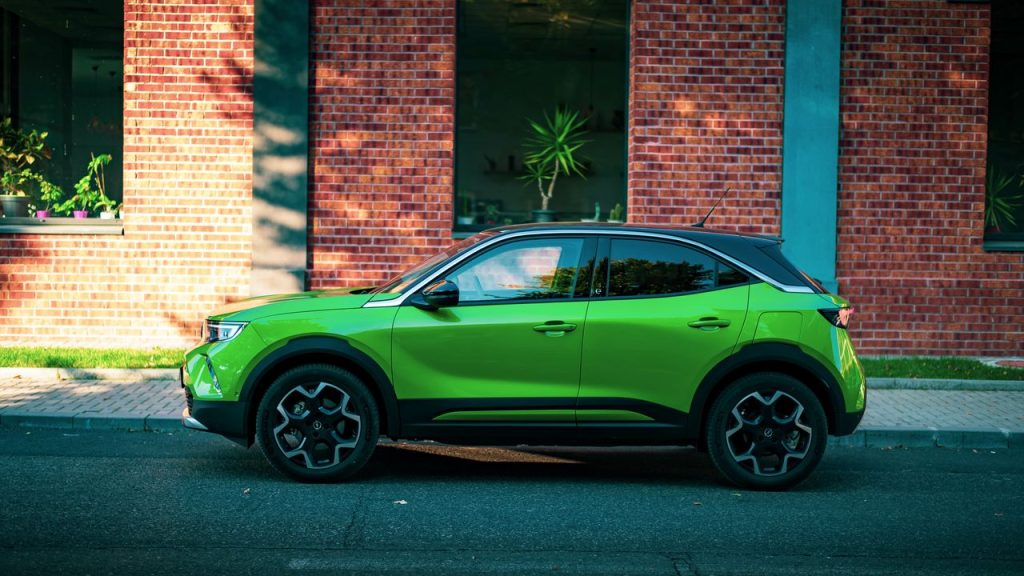Range Anxiety: Addressing the Electric Vehicle Range Dilemma
As electric vehicles (EVs) gain popularity, one of the primary concerns for potential buyers is range anxiety. Range anxiety refers to the fear or uncertainty of running out of battery power before reaching a charging station. However, significant advancements in electric vehicle technology and the establishment of extensive charging networks are effectively addressing this issue, making EVs a more reliable and convenient mode of transportation.
The Evolution of Electric Vehicle Range
When electric vehicles first hit the market, their limited battery range was a significant drawback. Early models could only travel a few dozen miles before requiring a recharge. This limitation contributed to range anxiety and hindered the widespread adoption of EVs.
However, technological advancements have revolutionized the electric vehicle industry. Modern EVs now offer significantly improved battery range, with some models capable of traveling over 300 miles on a single charge. This extended range has alleviated range anxiety for many potential buyers, as it allows for longer trips without the need for frequent recharging.
Expanding Charging Networks
Another crucial aspect of addressing range anxiety is the development of extensive charging networks. Charging infrastructure plays a vital role in the widespread adoption of electric vehicles, as it ensures that drivers have convenient access to charging stations wherever they go.
Government initiatives, private companies, and electric utility providers are investing heavily in expanding charging networks. These networks include various types of charging stations, such as Level 1, Level 2, and DC fast chargers, catering to different charging needs and time constraints.
Level 1 chargers, which use a standard household outlet, are the slowest but most accessible option. They are ideal for overnight charging at home or at workplaces. Level 2 chargers, which require a dedicated charging station, offer faster charging times and are commonly found in public parking areas, shopping centers, and other high-traffic locations.
DC fast chargers, also known as Level 3 chargers, provide the fastest charging speeds and are typically located along major highways and travel routes. These chargers can replenish a significant portion of an EV’s battery in just 30 minutes, making long-distance travel more feasible and reducing range anxiety.
Improving Battery Technology
Battery technology is at the heart of electric vehicle range capabilities. Continuous research and development efforts are focused on improving battery efficiency, energy density, and overall performance.
Advancements in battery technology have led to the development of high-capacity lithium-ion batteries, which offer improved energy storage and longer driving ranges. Additionally, ongoing research is exploring alternative battery chemistries, such as solid-state batteries, which have the potential to provide even greater energy density and faster charging times.
Furthermore, manufacturers are implementing smart battery management systems in EVs, optimizing energy usage and extending battery life. These systems monitor various factors, such as temperature and charging patterns, to ensure optimal performance and longevity.
Conclusion
Range anxiety, once a significant concern for potential electric vehicle buyers, is being effectively addressed through advancements in electric vehicle range, the establishment of extensive charging networks, and improvements in battery technology. With longer battery ranges, widespread charging infrastructure, and ongoing research in battery technology, electric vehicles are becoming a reliable and convenient mode of transportation for both short and long-distance journeys.


